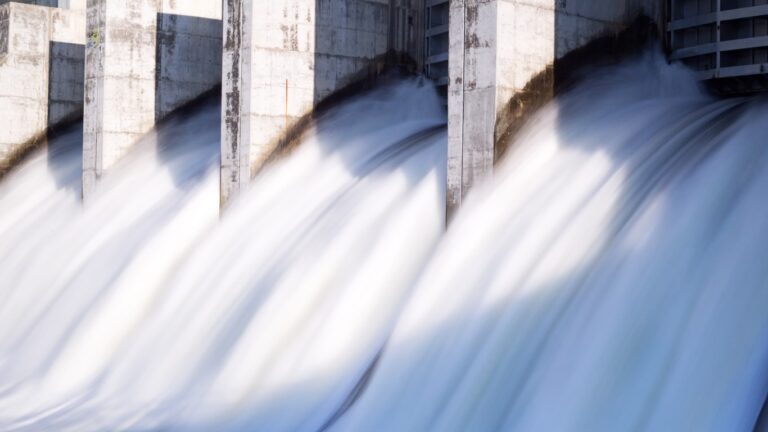Growing Crops In Salt

In several places, including Bangladesh, salt water has moved into areas supported by farming, as has the entire food supply. One solution is salt-resident seeds.
Semafor states, “The government and foreign NGOs are providing farmers with salt-resistant crops, salinity meters, and rainwater irrigation systems, and are training them to minimize evaporation that increases salinity.” The answer brings up a controversial subject, which is GM seed. These are “Plants the DNA of which has been altered using genetic engineering techniques to introduce specific results. These can include herbicide resistance, pest resistance, or improved nutritional content. In the US, these include corn, soybeans, canola, cotton, sugar beets, alfalfa, potatoes, papaya, and summer squash.”
Modified Seeds
The NLM suggests that modified seeds may be the key to feeding hundreds of millions of people. “But while environmental and consumer advocates in the First World fight against the worldwide use of GM crops in agriculture, hundreds of millions of people in the Third World are malnourished. And while trying to protect the environment and consumers in developed countries, critics of GM crops block a technology that could be of immense benefit for the majority of people in the Southern Hemisphere.” The objections of people who are starving drop away, if they exist at all.
Salty soil is not the only challenge. On a global scale, the largest challenge is drought. Modified seeds are the only answer to aird lang, which is unlikely to be watered by irrigation.
Salty water is one part of a much larger problem.
More from ClimateCrisis 247
- It’s -112 Degrees In The Coldest Place In The World Today
- Global Warming Shuts Down Nuclear Power
- California’s Wildfires Surge To 70,000 Acres, Damage Into Billions
- LA Can’t Get Wildfire Smoke Out Of Homes






